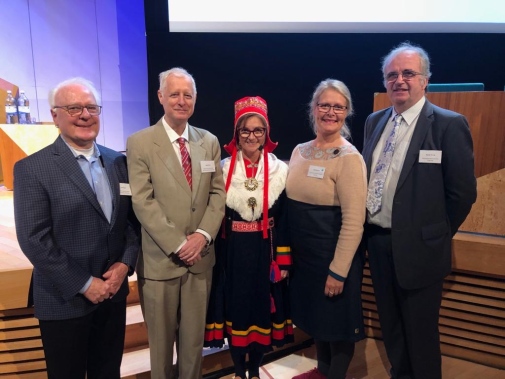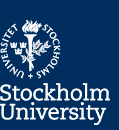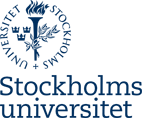
Keynote Speaker: Mark Bray
The keynote speaker of the Nordic Comparative and International Education Society (NOCIES 2019) biannual conference was Mark Bray. Mark began by introducing concepts discussed by Becher and Trowler in their 2001 book titled Academic Tribes and Territories. “Tribes” being the academic communities and the “Territories” being the academic ideas and under which there are disciplinary groupings and furthermore, types of researchers. He encouraged conference participants to consider the vocabulary of sciences, disciplines and fields, as well as labels used, such as Comparative Education and International Education, and what they mean and the history behind them.
He went on to present on his current research area on private supplementary tutoring or “shadow education”. In the 2015 PISA study, individual items on “additional study” were added as part of an optional questionnaire. However, there were problems with the concepts and translations used. Clear definitions of concepts in the original language are critical, especially when they are to be translated. Therefore, the instruments used were not adequate and very limiting in as far as making cross-national comparisons. Mark then presented various examples of qualitative studies on “shadow education” of which had various types of research teams, hours of observation, types of schools, levels of comparison, frameworks, and sampling size. He concluded that within international comparative education, there are not only quantitative/qualitative paradigms, but also various tribes and territories. Therefore, we should be aware of these differences, develop mixed methods, and encourage open dialogue.
-Summary by Emma West
Keynote speaker: Larry Suter
The keynote speaker of the GlobalCIE Forum was Larry Suter. Larry drew on his long experience working as Director of the US National Science Foundation in quantitative research and with the US government to explore the origin and effect of large-scale surveys in the field of comparative education. He began by recalling his early collaborations with the IEA and Torsten Husén. Torsten was driven to “measure the unmeasureable”, collecting data on the meaning of student achievement and the opportunities for learning in education systems. This fruitful relationship contributed to education policy in the US and beyond and provided a context for future large-scale studies such as PISA and TIMSS.
Larry’s recent research empirically investigates how these large-scale studies have transformed comparative education. Increasing in popularity, they are representing more of the world’s population and informing policy decisions at national and international levels. However, Larry showed that while PISA prompted much debate in the academic community over the direction of comparative education, an even larger volume of research is produced that doesn’t focus on large-scale studies. A subsequent discussion with Mark Bray brought texture to the data, as the two debated who these studies actually benefited. Although they paint a picture for policy makers, its ranking is often overly simplistic and may be detrimental to education as a whole. Larry’s response was that academics need to have a clear idea of what education is and does and need to be able to present proof if they want funding- In his own words, "Read the reports!" A rapprochement was suggested in the qualitative/quantitative debate that dominated the conference, stressing the importance of collaboration between methodological perspectives and the benefits of often-difficult mixed-methods research. Such a productive tension was demonstrated both in this conversation and in the recent work produced by the two men, who, while far from agreeing with each other, set an example of the respectful teamwork they envisioned and described.
-Summary by Alexander Whyatt



